Recently Mike G4VSS did a talk at Warrington Amateur Radio Club about using an ESP32 LoRa module with the TinyGS (Tiny Ground Station) project for receiving data from satellites. As a quick introduction the TinyGS website states “TinyGS is an open network of Ground Stations distributed around the world to receive and operate LoRa satellites, weather probes and other flying objects, using cheap and versatile modules.”
One of the big advantages of this project is that it is low cost and available for anyone to attempt, no Amateur Radio license required.
The website displays all stations and you can zoom in for more granularity.
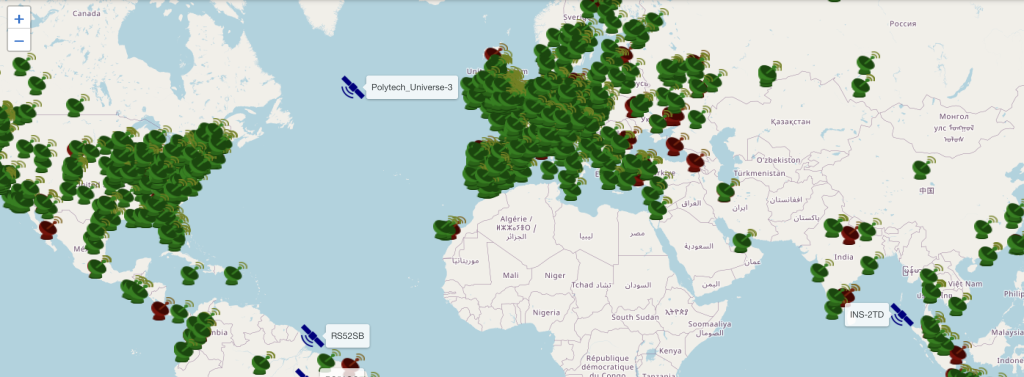
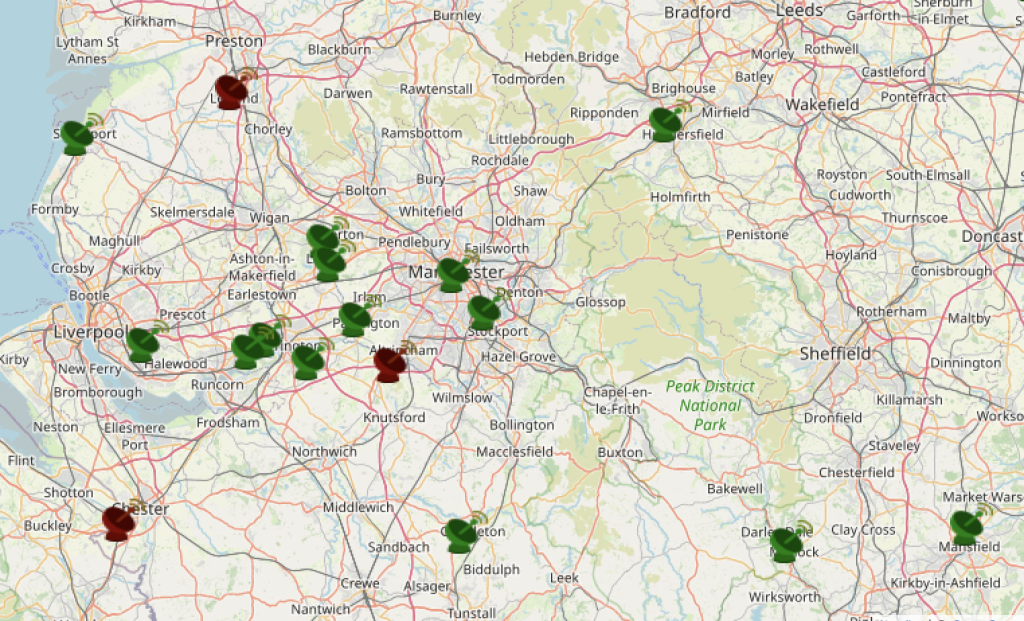
The satellite data that you receive is available on the TinyGS website, both in aggregate form so you can see the locations and heat map of where you have received from (this can be customised to show different power levels, turn off the heat map etc) as well as how many packets have been received per day…
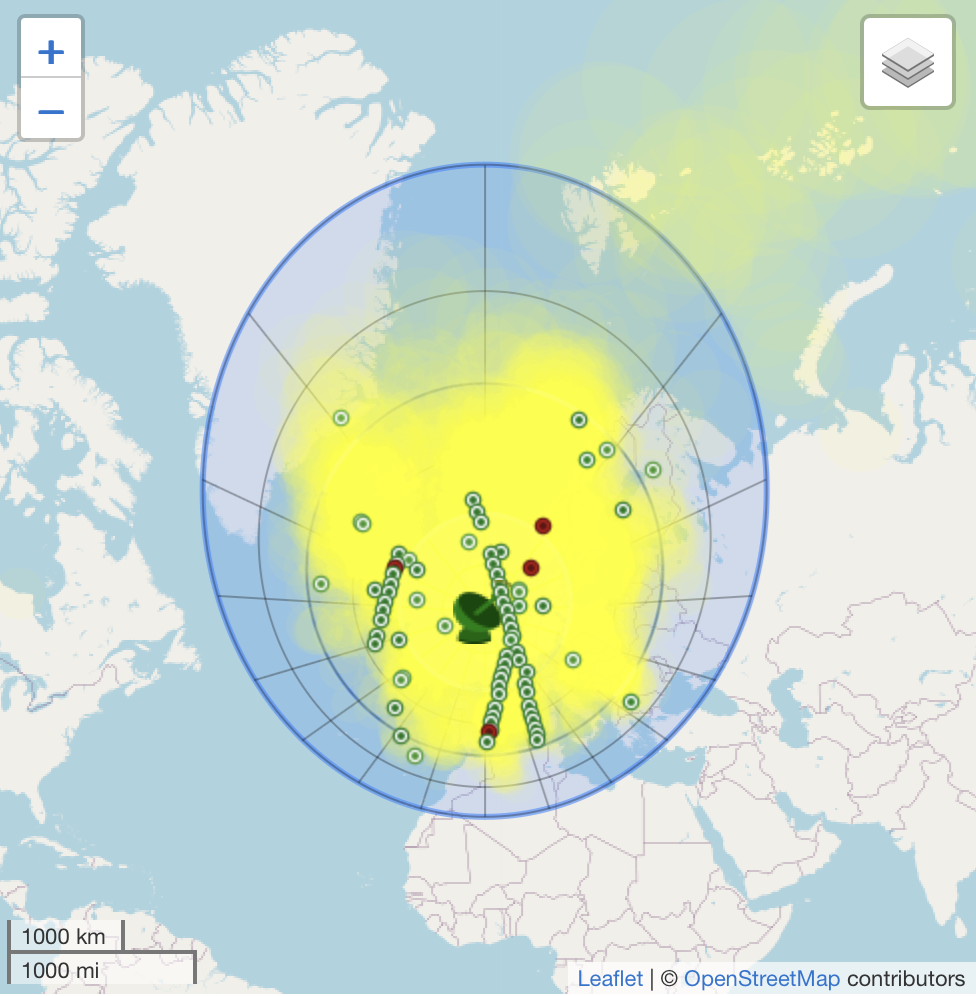
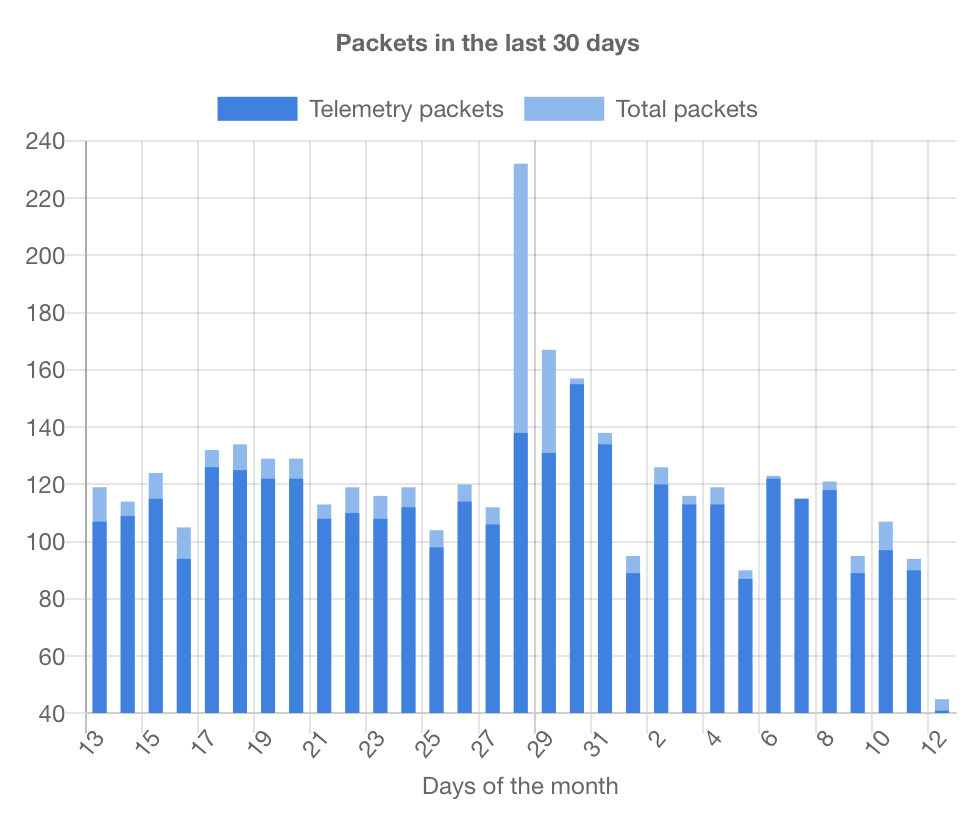
…and data received from individual satellites, both in raw and xml form as well as decoded where possible. This means that you can see the details of the state of the satellite, battery voltage, temperature, solar panel voltage and current.
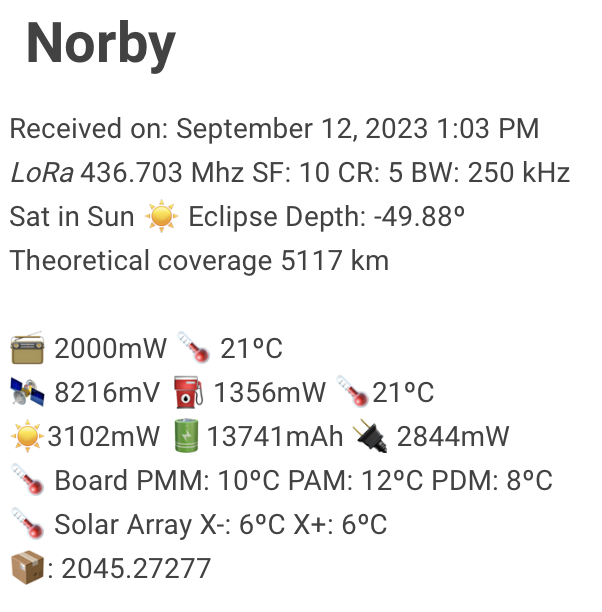
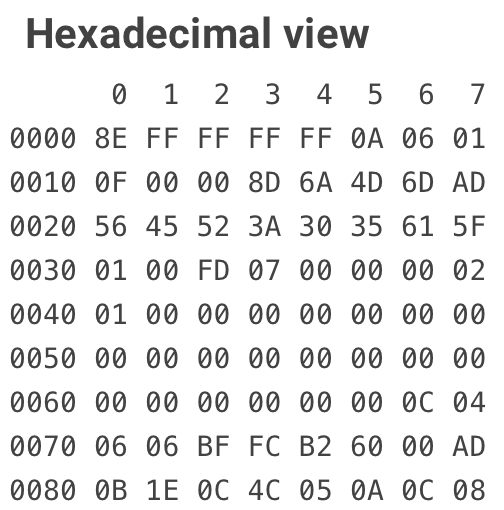
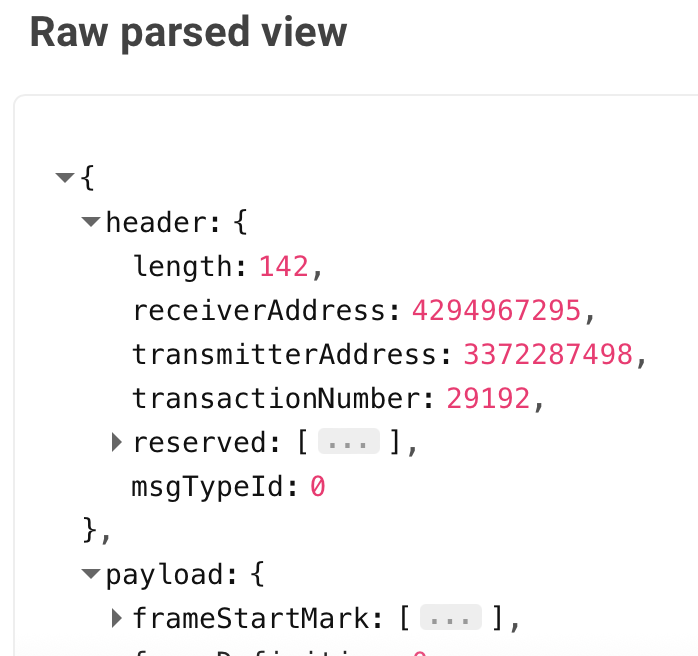
Along with this you can see which other stations also received from that satellite.
As previously mentioned this is a low cost project, at it’s minimum all you need is the £25 LoRa board with the included mini antenna, placed by the window you would still receive some data. As an upgrade from that Mike’s station is a self contained waterproof unit created using plumbing fittings with a small 1/4 wave vertical and battery, again very cheap just requiring a bit of work to put together.
I decided to purchase one of the boards and set up a receiving station, as I have a 70cm/2m colinear antenna on my roof I decided to use that to make a start. The process of setting up the board was fairly simple, with just a couple of hiccups:
1. Ensure that the cable you use is a data cable not just a charging cable, not all mini USB cables are created equal!
2. There are a number of ways to flash the LoRa module. I originally wanted to do it directly on my Mac so I attempted using TinyGS_Uploader for Mac, but this didn’t work, so instead via a Windows VM I used TinyGS_Uploader for Windows. The recommended way seems to be to use PlatformIO, but it isn’t available for the IDE I usually use, rather than downloading an IDE simply to install the PlatformIO plugin I decided to just use the TinyGS_Uploader which worked fine. To find the TinyGS_Uploader (and there is one for Linux too) you can just go to the Wiki link on tinygs.org and scroll down to “Quick Start”.
3. The link to the telegram group where you can get the credentials for MQTT_USER and MQTT_PASS seemed to be wrong, thats just the tinyGS Community chat (which is also linked from the home page on tinygs.org), @tinygs_personal_bot is the one to use.
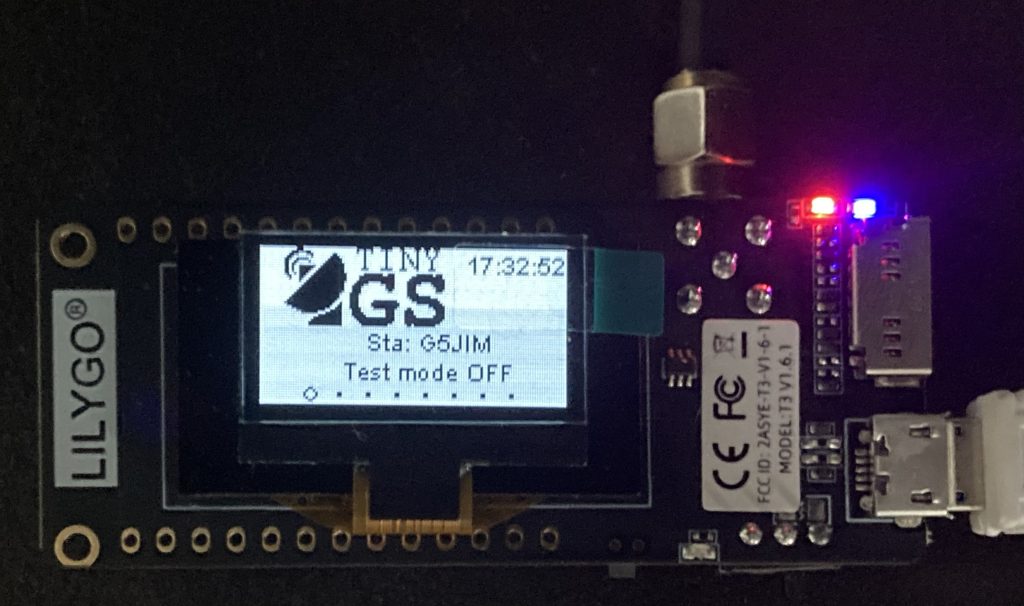
Some of these images were taken after the original post was written, hence the dates!
